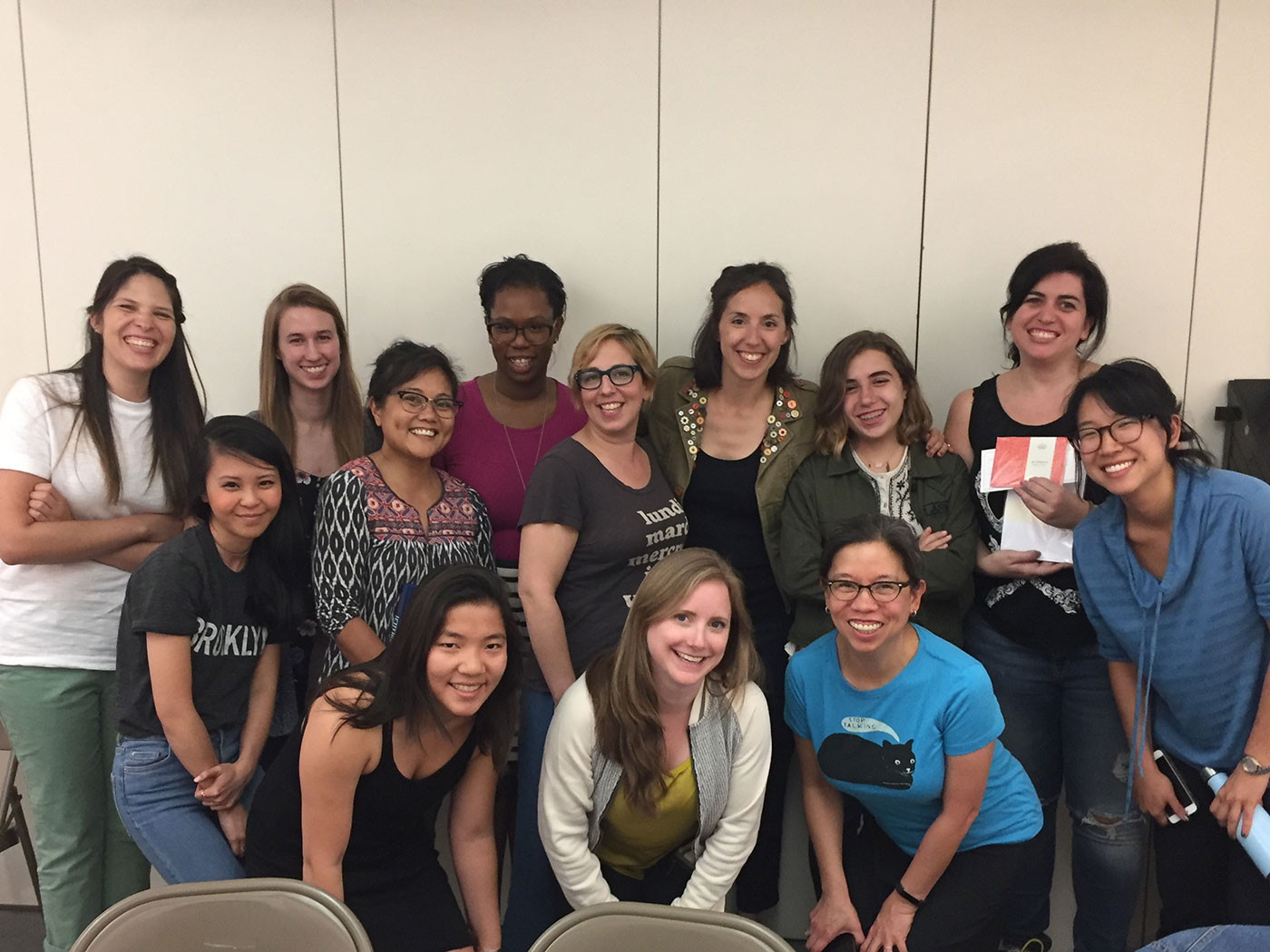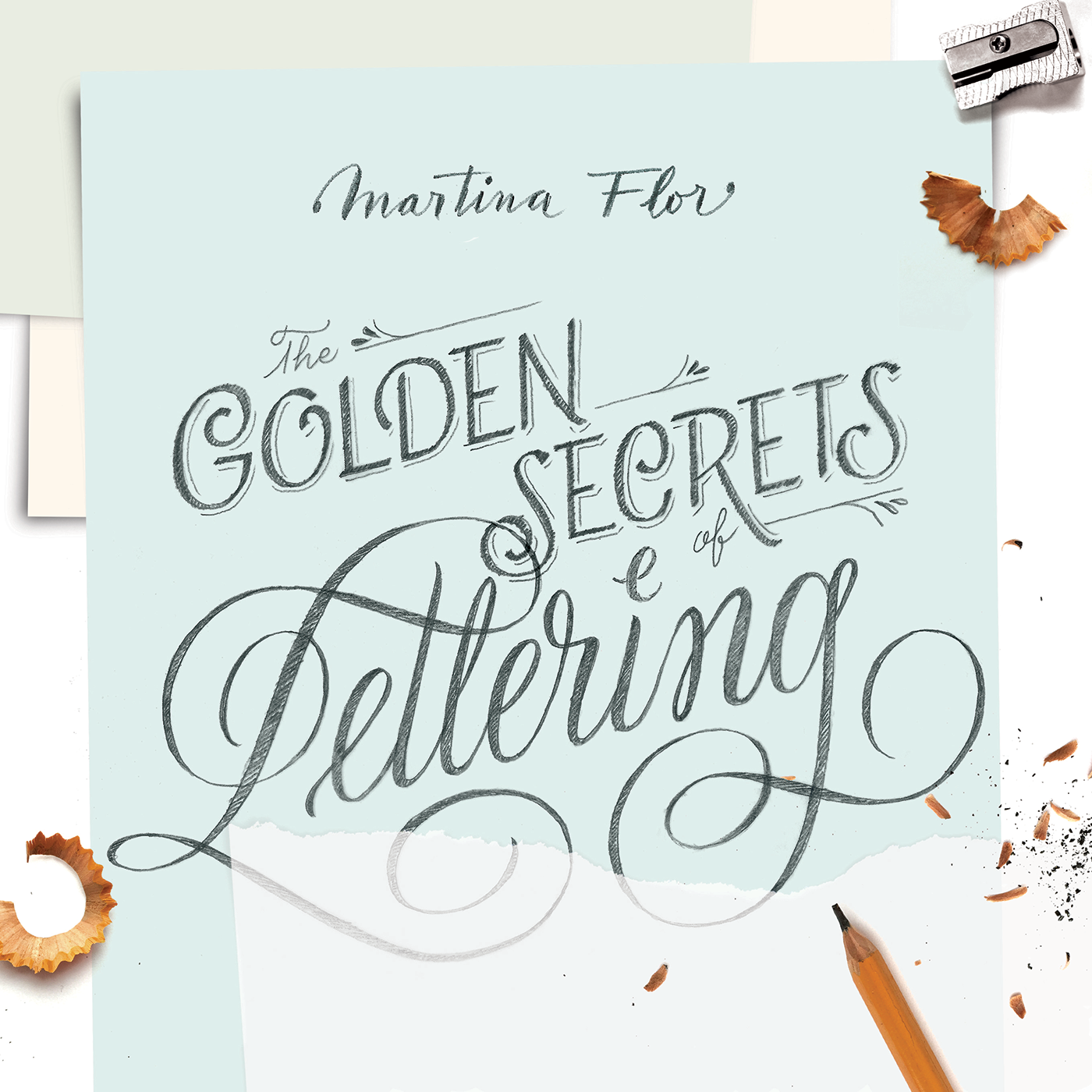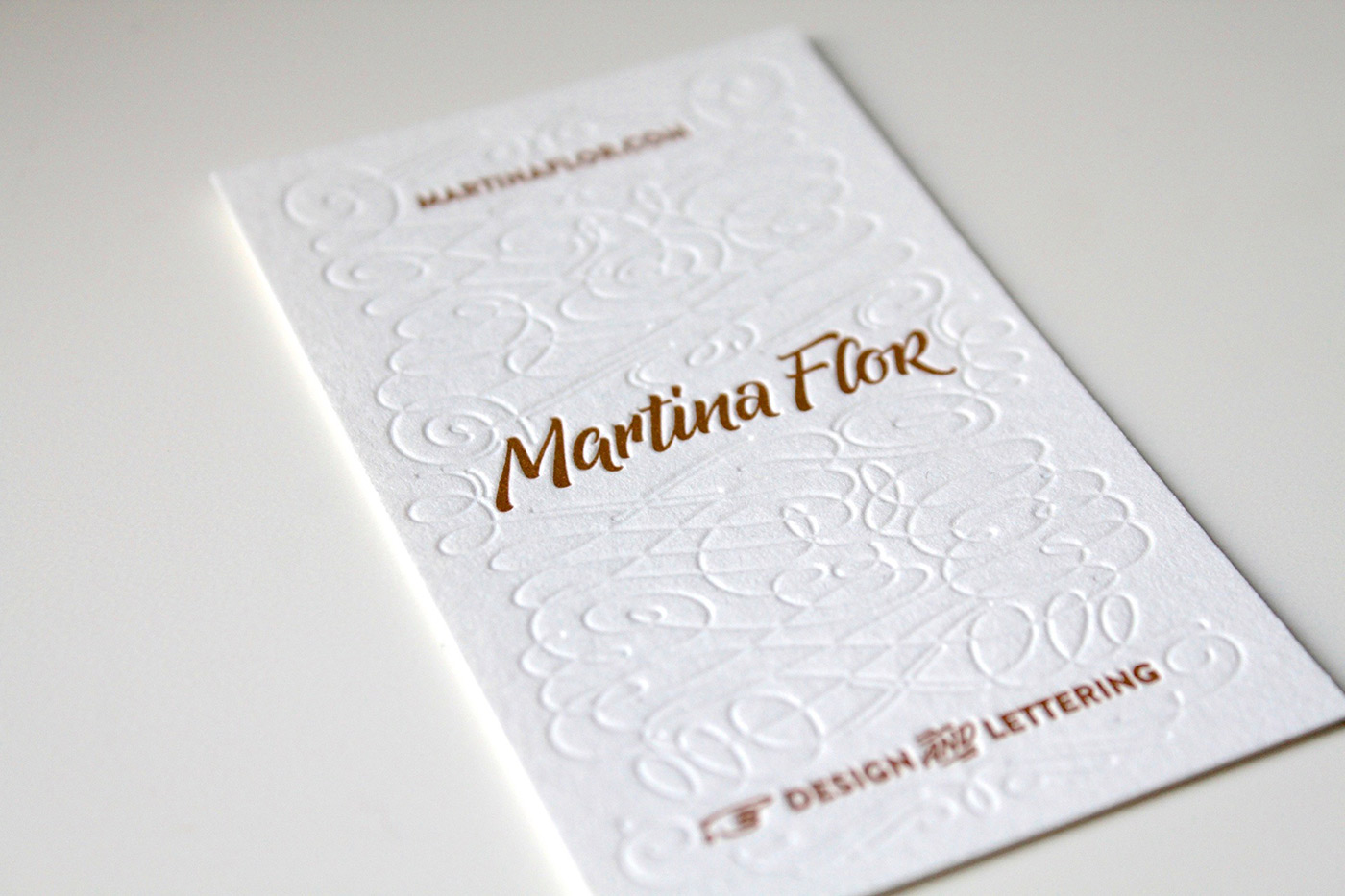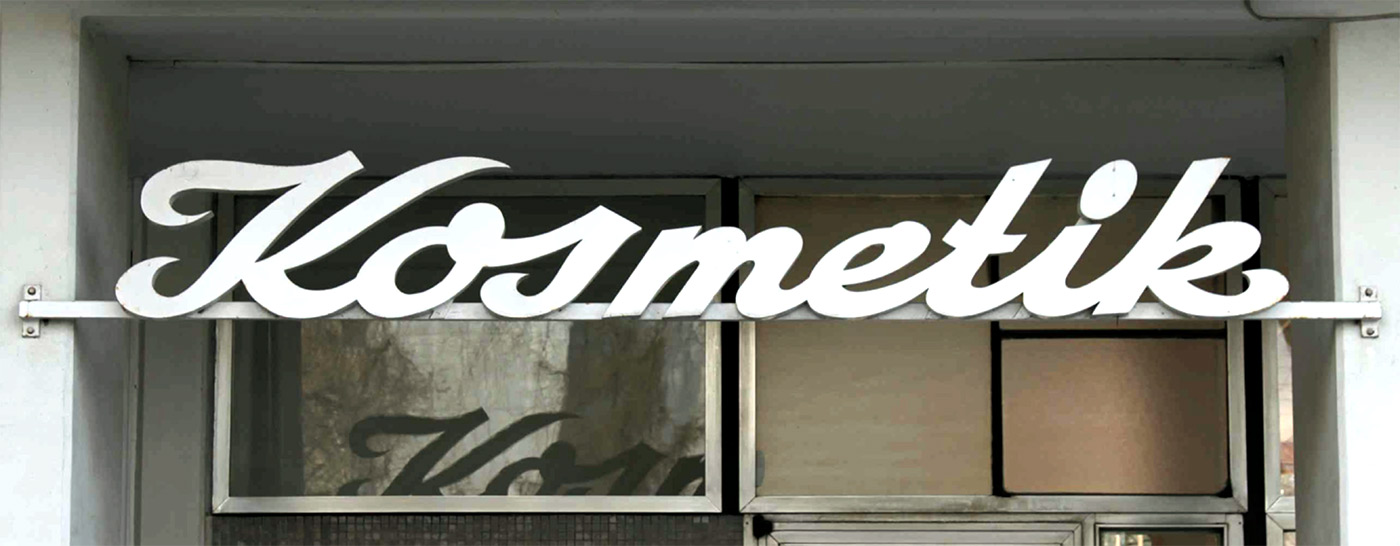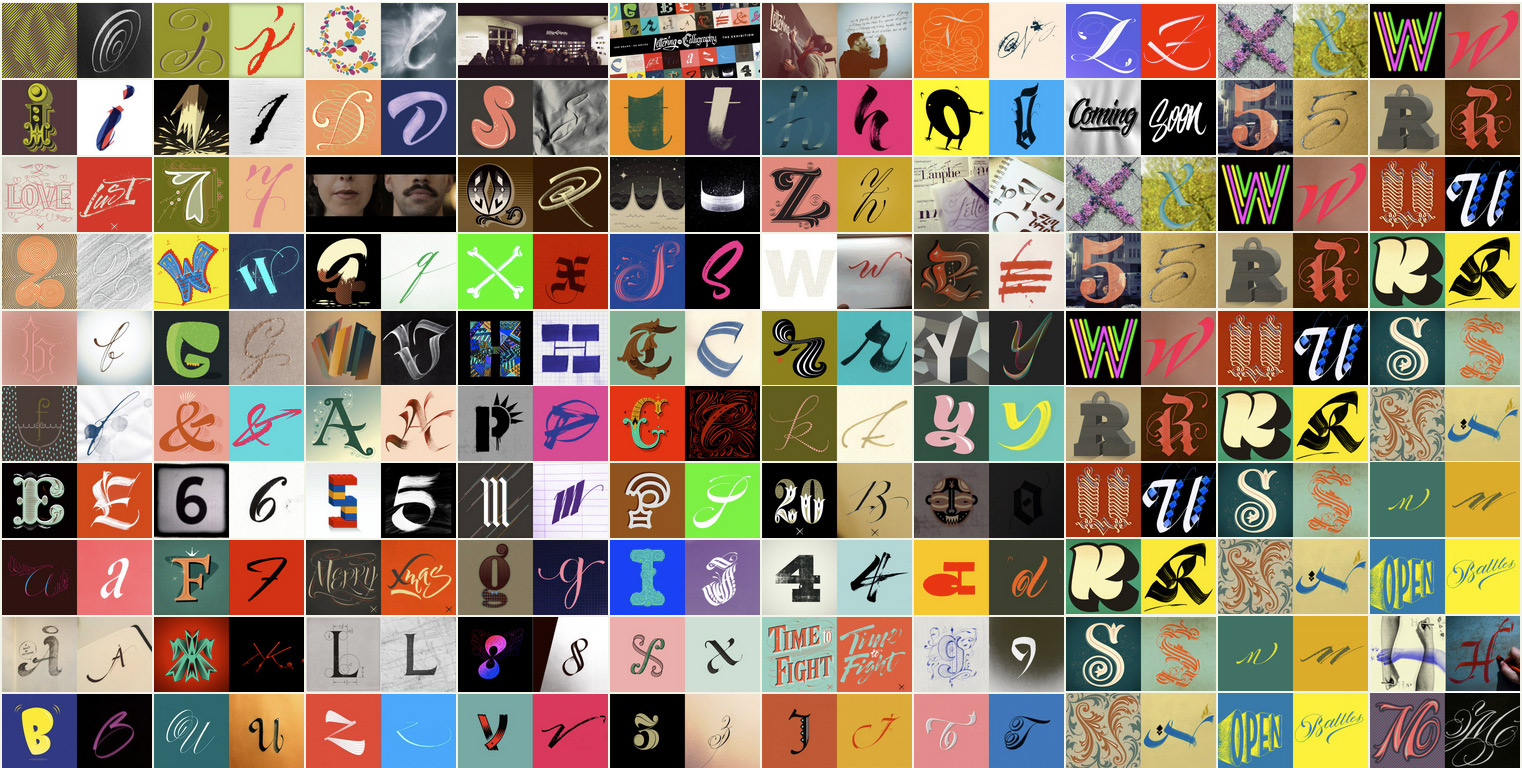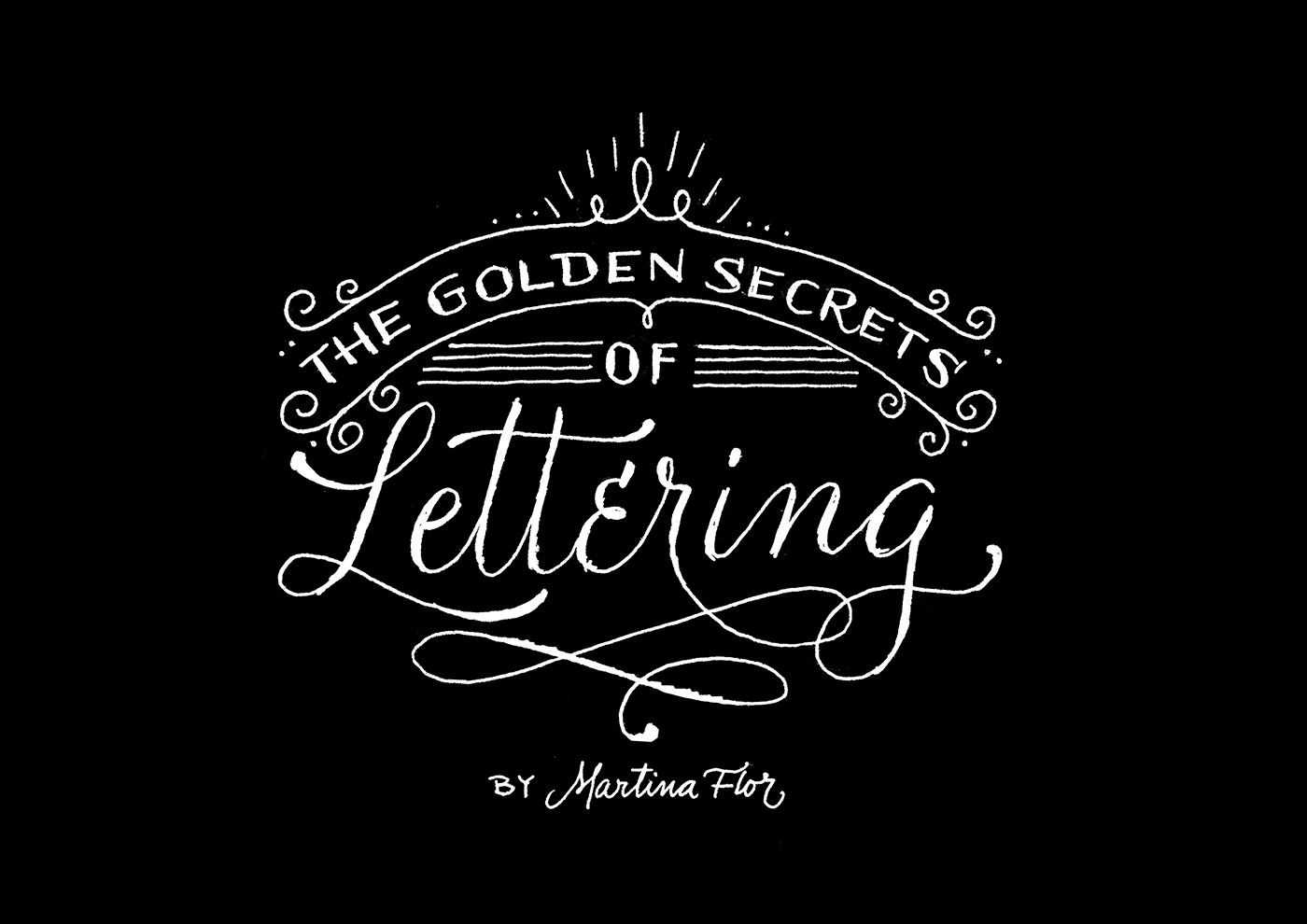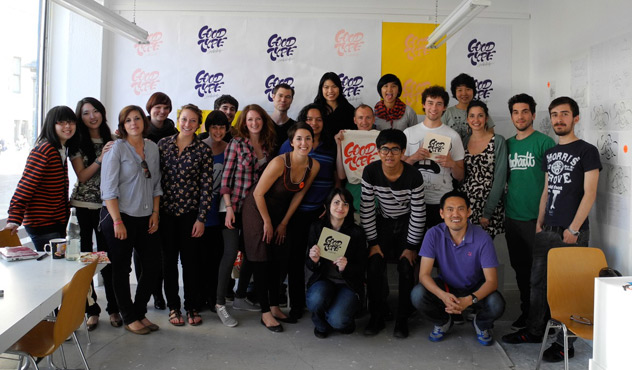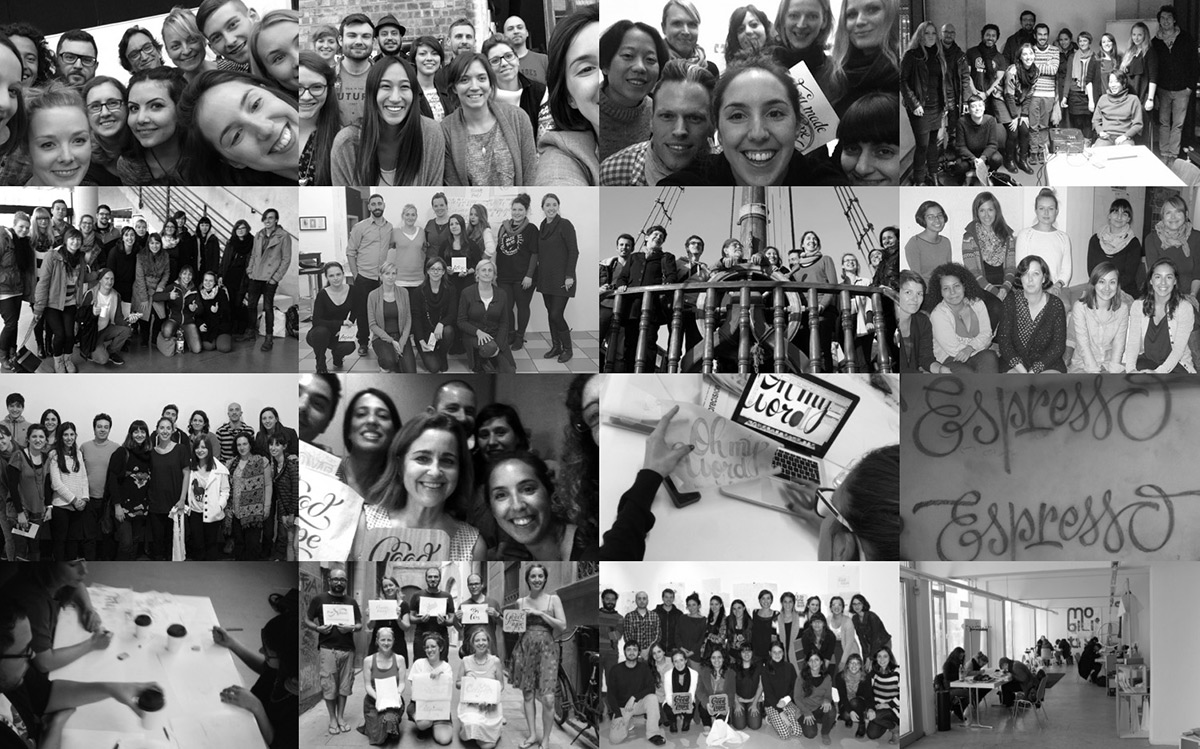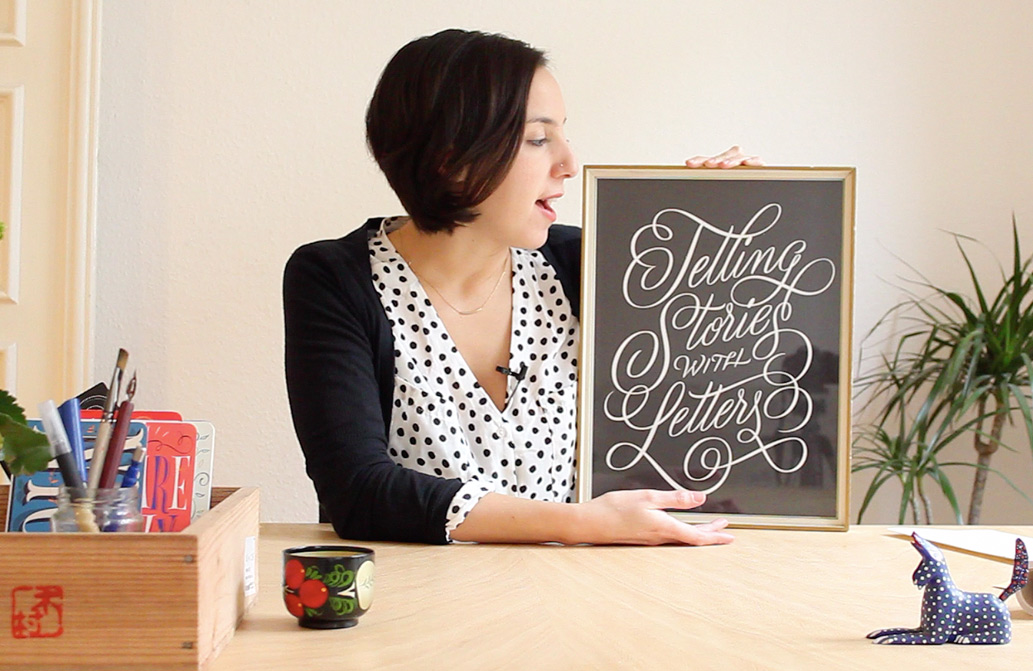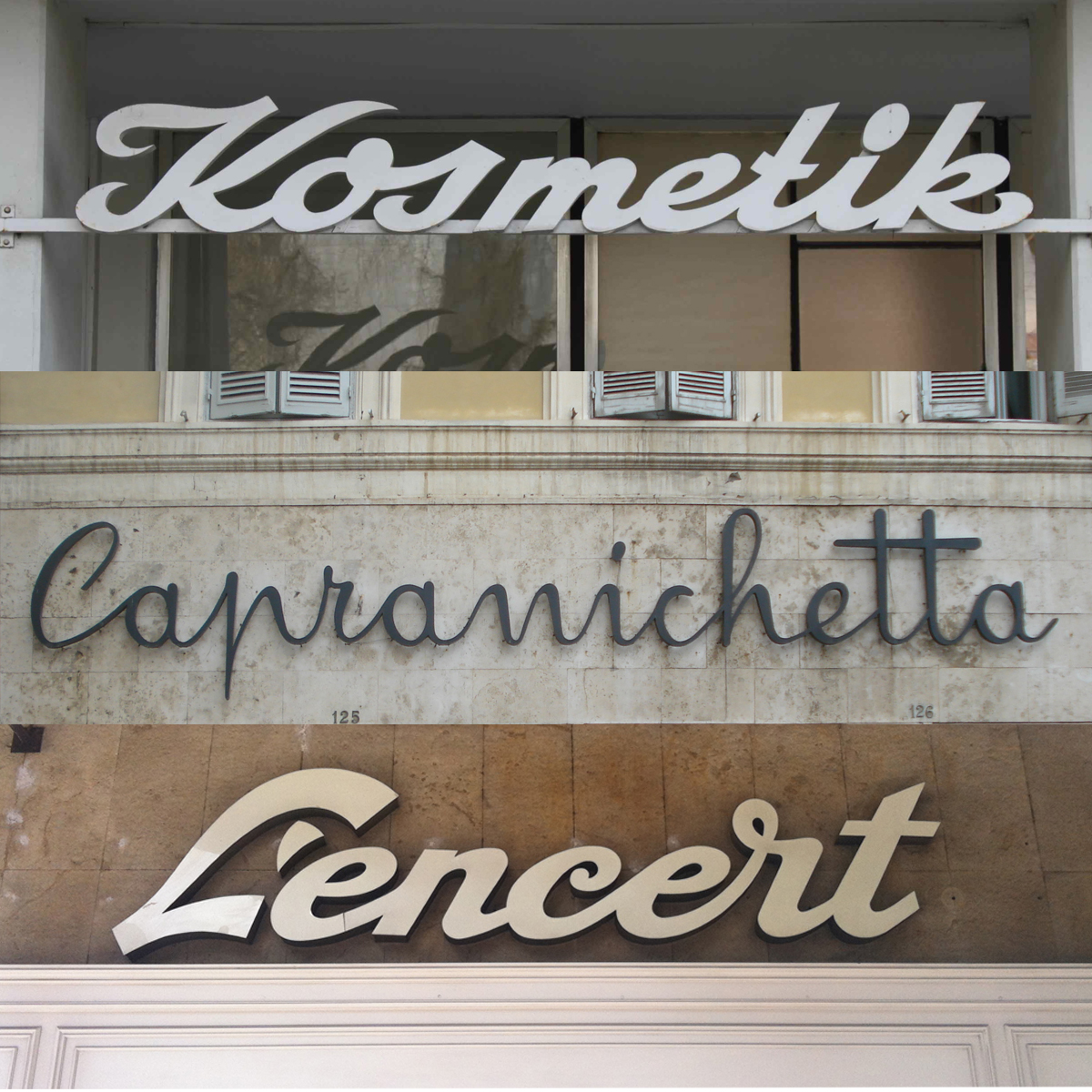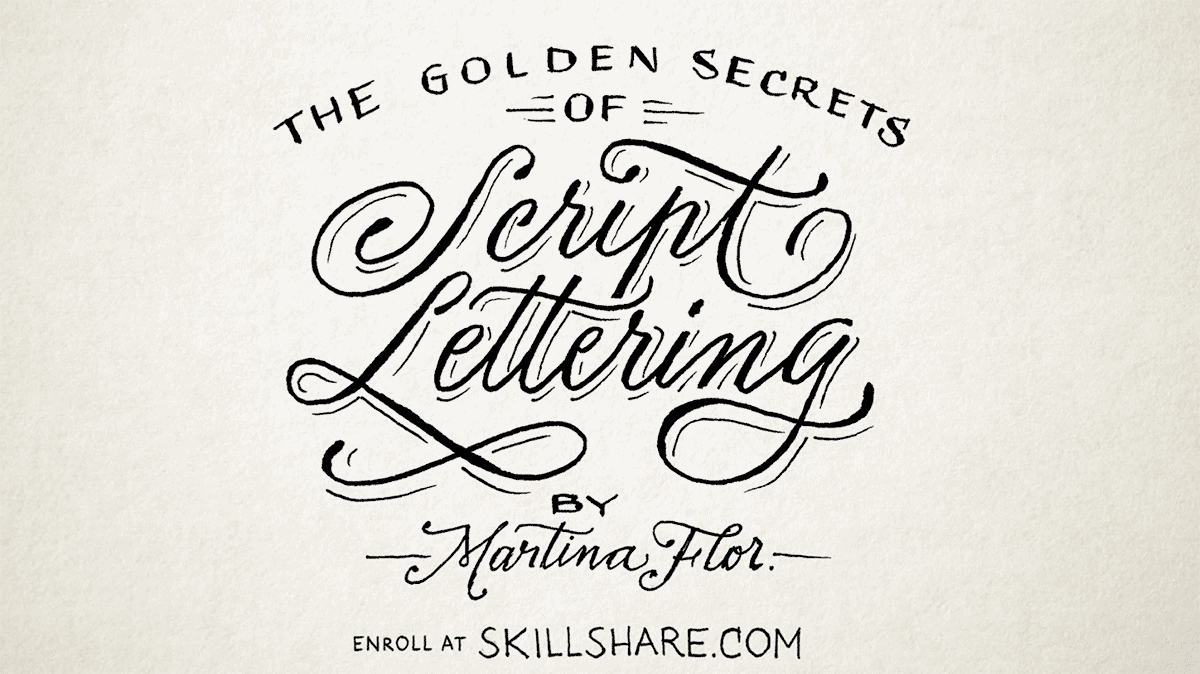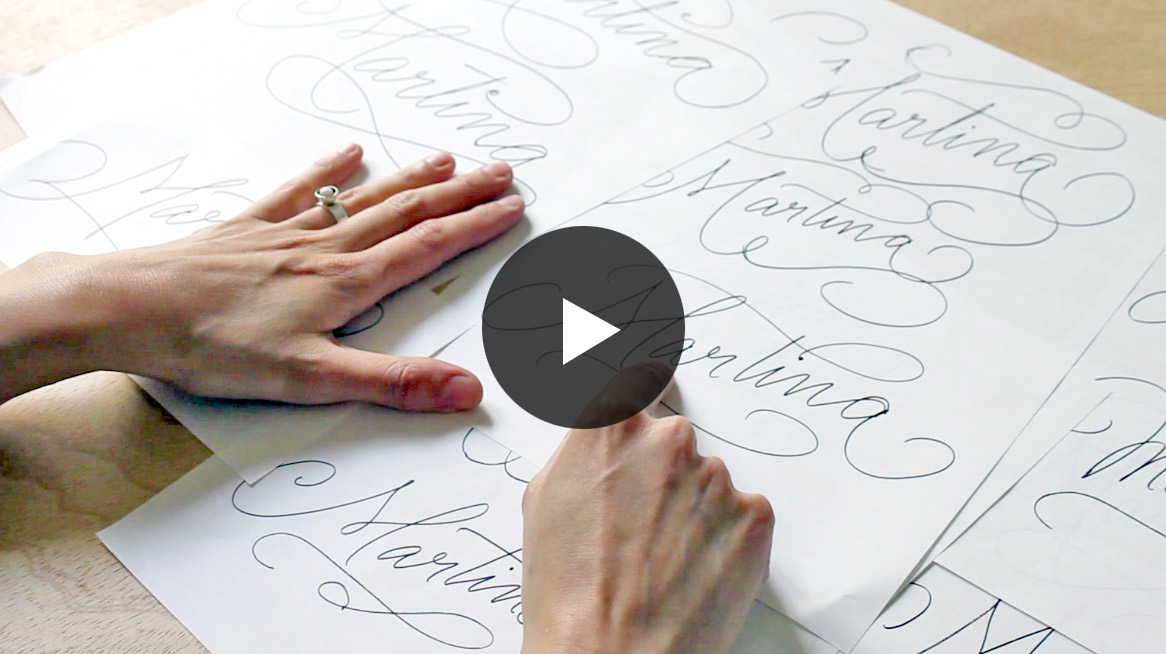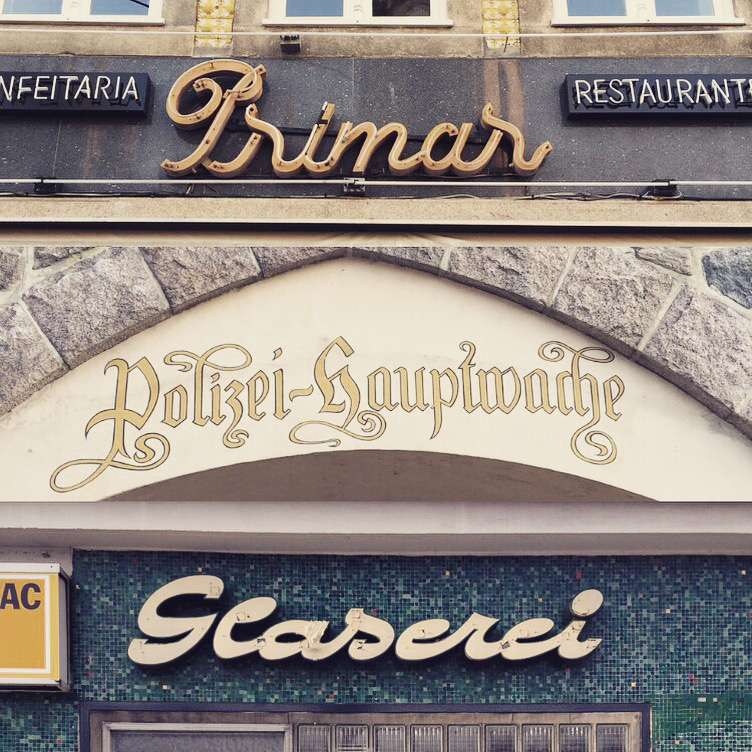Drawing letters is an incredibly slow-moving job. This is one of the first things I realized when I started working with lettering full time. Since I used to run a one-woman studio and wanted to make a living from it, I had to come up with a workflow that would allow me to do multiple projects while responding to the working rhythm of agencies and publishing houses (where projects are due yesterday).
I still remember the first time that I received a big commission of lettering, it was for the cover of New Statesman magazine in the UK. I was so excited! This was my first assignment with the potential to have tons of exposure—the magazine has a circulation of 35.000 copies in the UK— and for me to make a great piece for my portfolio.
The art director sent the brief and the exact words to illustrate. I had everything I needed to get started, and so I did. I worked three days straight on this artwork:
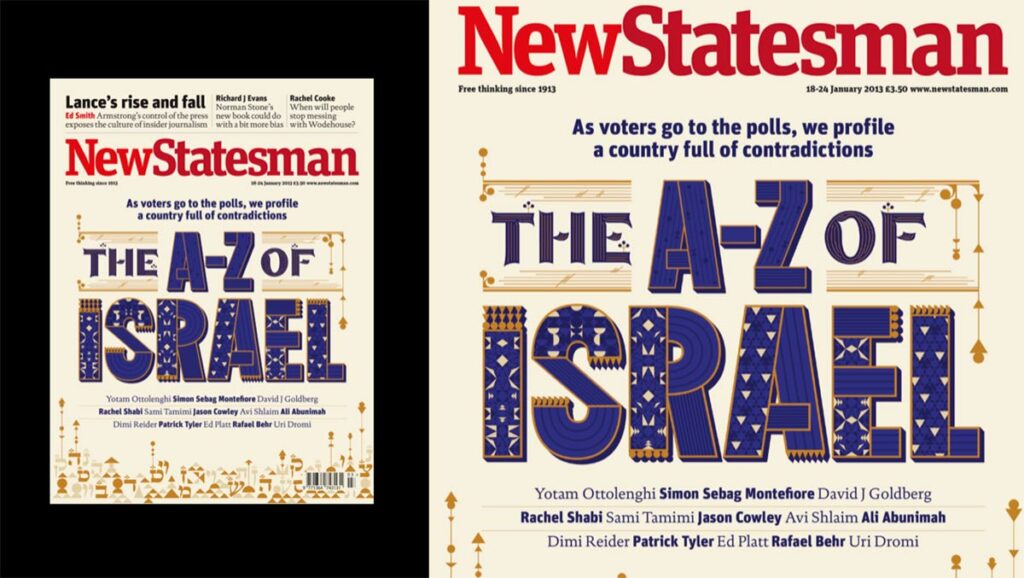
By the time I showed the artwork to the art director, the deadline was just one day away. Thank god she liked it because I would not have made it to the deadline if she would have not liked it!
From that point on, I started to rethink my work process. I said to myself that there must be a more effective, less time-consuming process to work on my designs and, at the same time, be able to test ideas with my clients.
Working with sketches.
This is when I started working with sketches. Working with quick sketches is convenient for both the lettering designer and the client, as it allows you to deliver a concept in a short time and confirm if you are both on the same page regarding the direction of the project. If not, it is easy to sketch some new ideas and discuss them with the client.
I once received a commission with a really fast turnaround. Although the deadline was extremely tight, I was interested in the job and decided to take on the commission. Once I got the briefing and cleared some doubts with the art director, I started sketching some ideas right away. A few hours later, I sent a first colored sketch to the client. It looked like this:
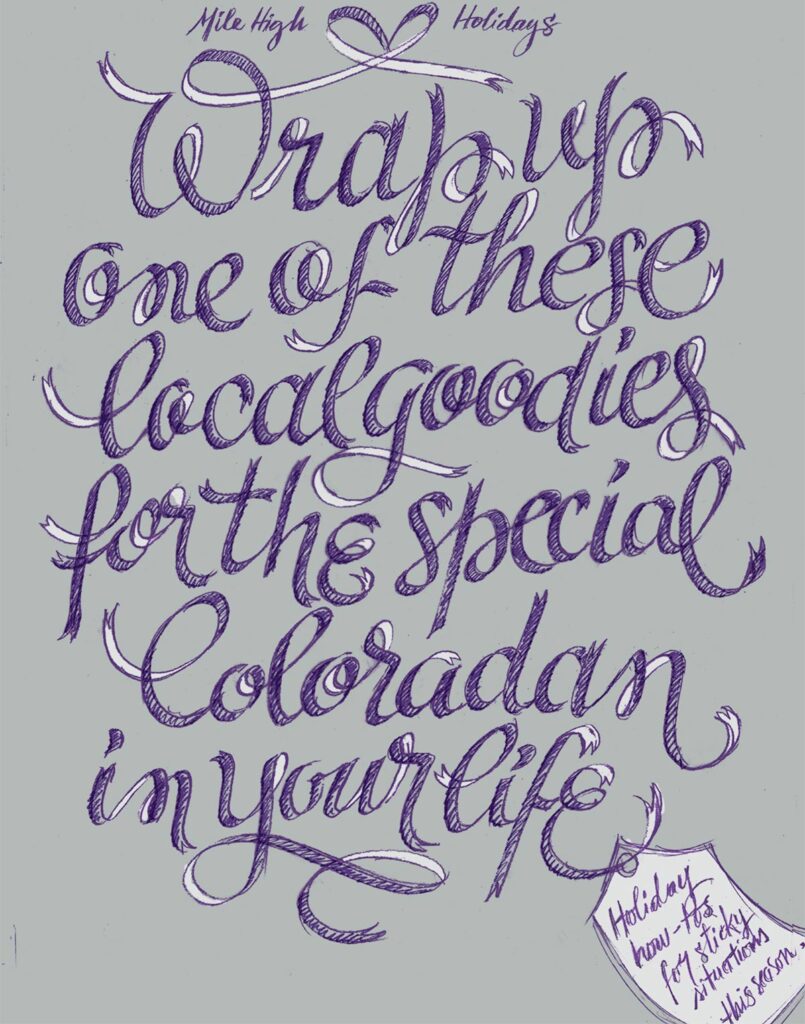
The art director got back to me right away: she loved the direction. However, there was a little problem: I had used the wrong text for the lettering! The text I needed to illustrate were actually those three words at the top of my drawing.

For being an artist that works exclusively with text, I had made a huge mistake! After taking a deep breath, I wrote back apologizing and two hours later I was able to deliver a new sketch using the right text. I got positive feedback and could move on to the digital drawing and finalize the work as quickly as possible.
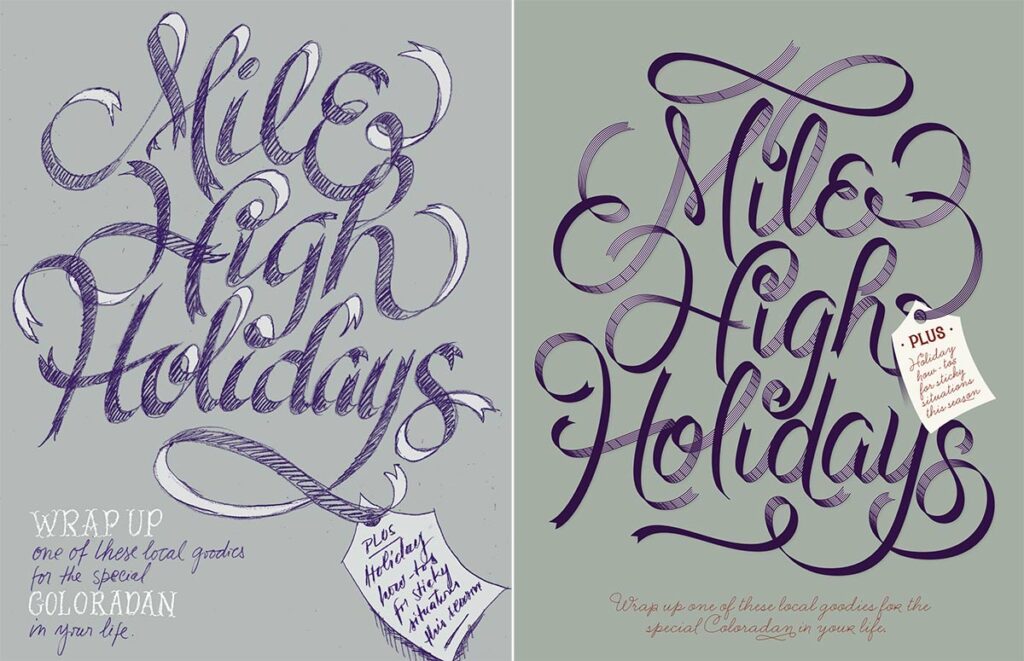
Almost no time was lost considering that, ahem, I had started the project with the completely wrong text! Bottom line: sketching saved that commission, the relationship with the client, and all the future potential commissions that may arise from it.
Sketches: way to go.
Working with sketches has two more benefits. Although you are establishing a lot of essential elements in your first sketch, many of the details will follow later in the process, which keeps the work interesting for you and thrilling for the client. Another benefit is that sketches enable the client to experience the working process; she or he can see the individual steps and influence them.
Additionally, in the digital era, a working process that involves hand-drawn sketches is well appreciated and adds value to your work. Clients will perceive your work as a craft and not only as a job.
Developing a good sketching technique is something that is worthwhile investing time in, not only because it can create a more effective workflow, but also because it can help you achieve more unique results.
I’ll be hosting a FREE masterclass next week. Stay tuned and sign up for my newsletter below to be notified.

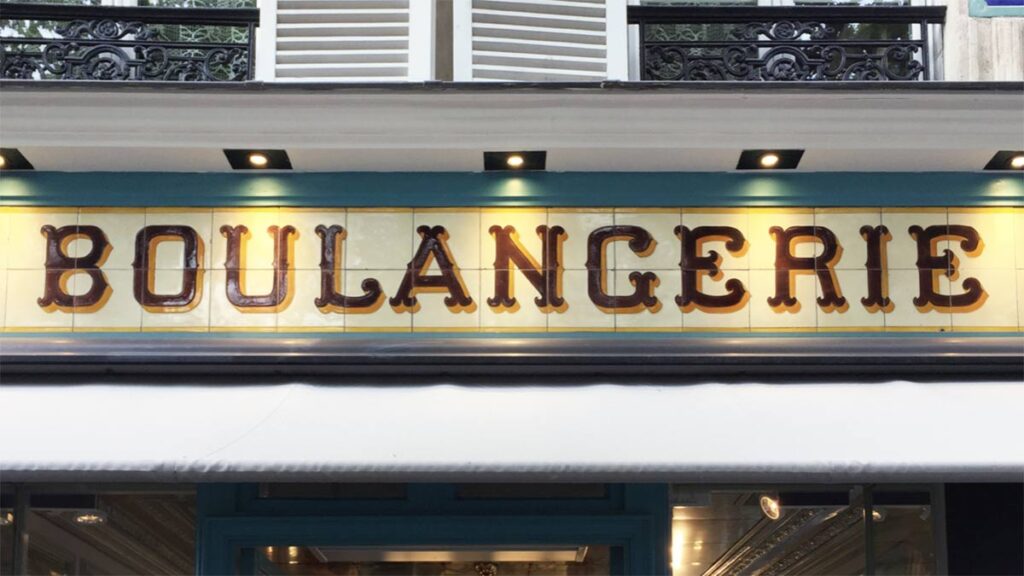
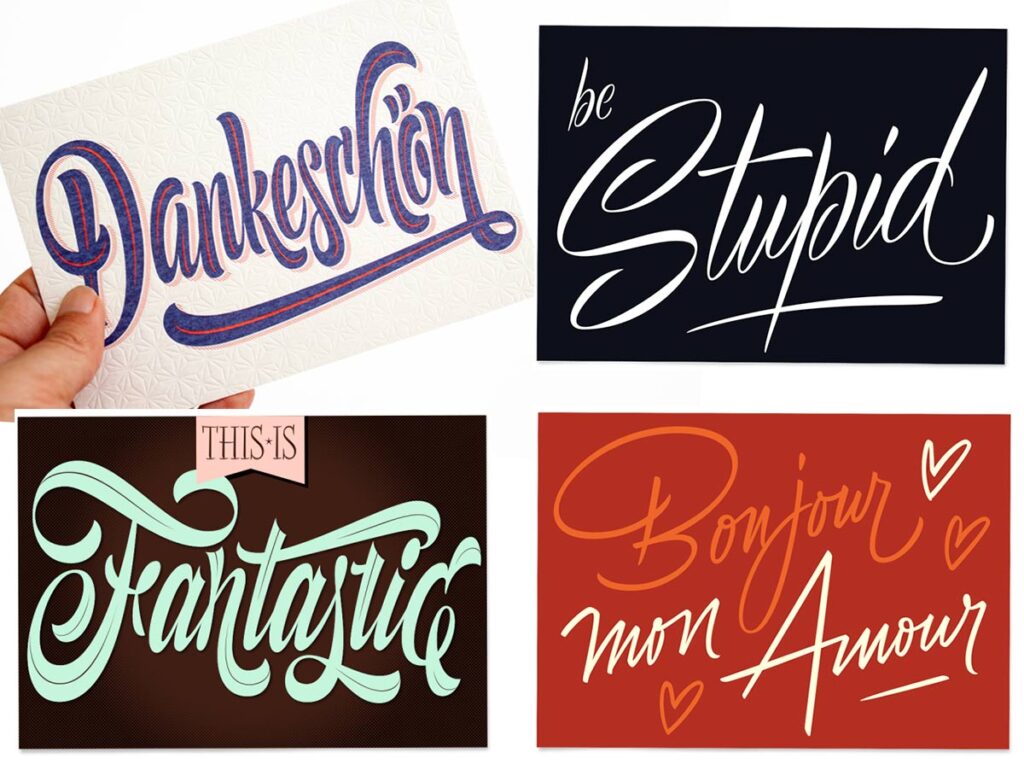
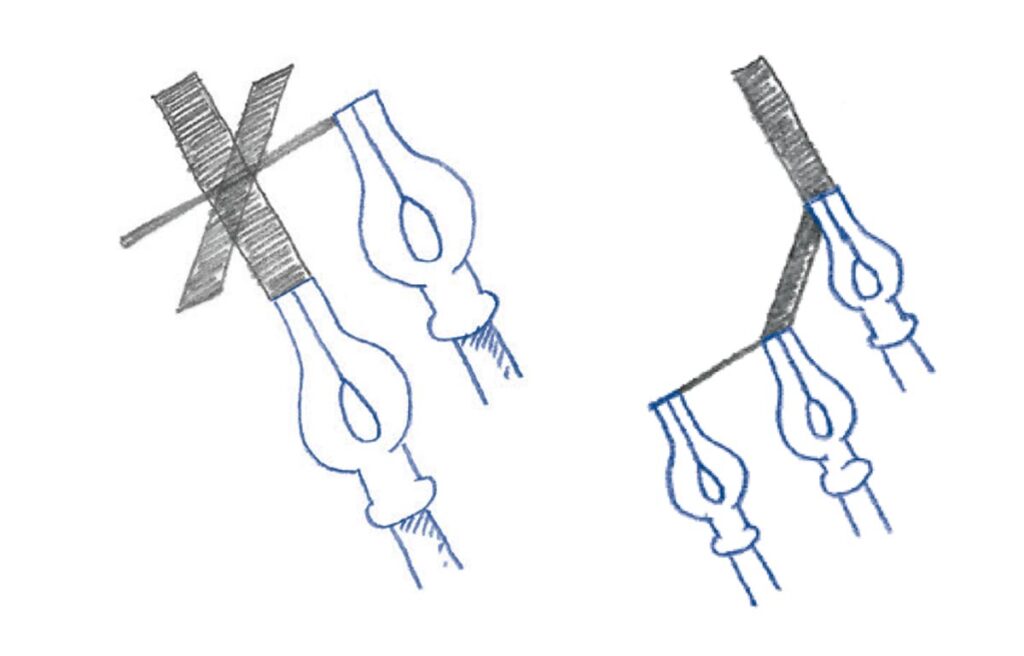
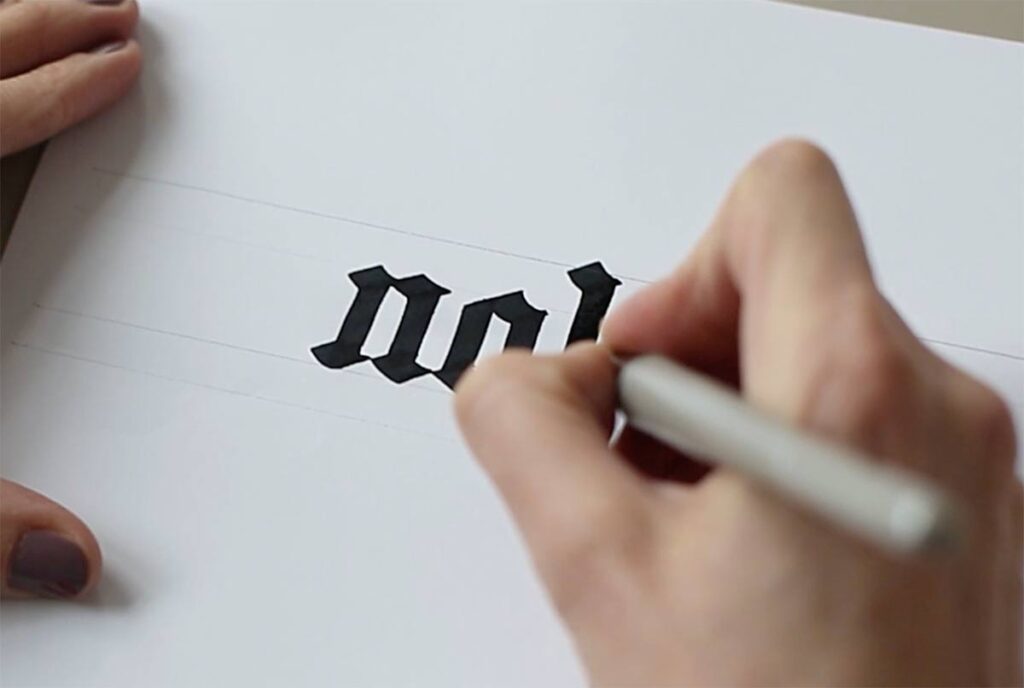
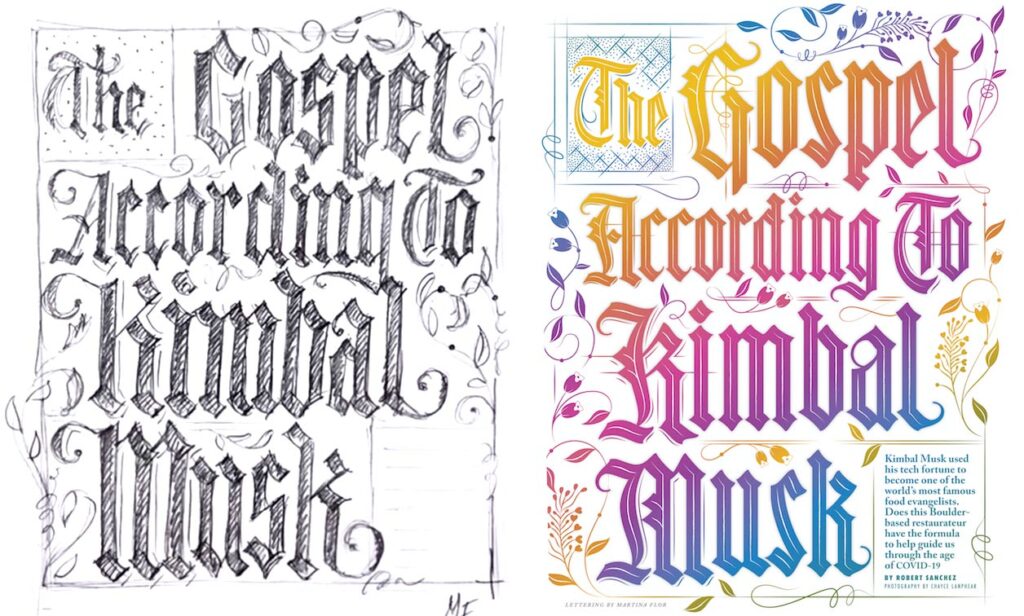
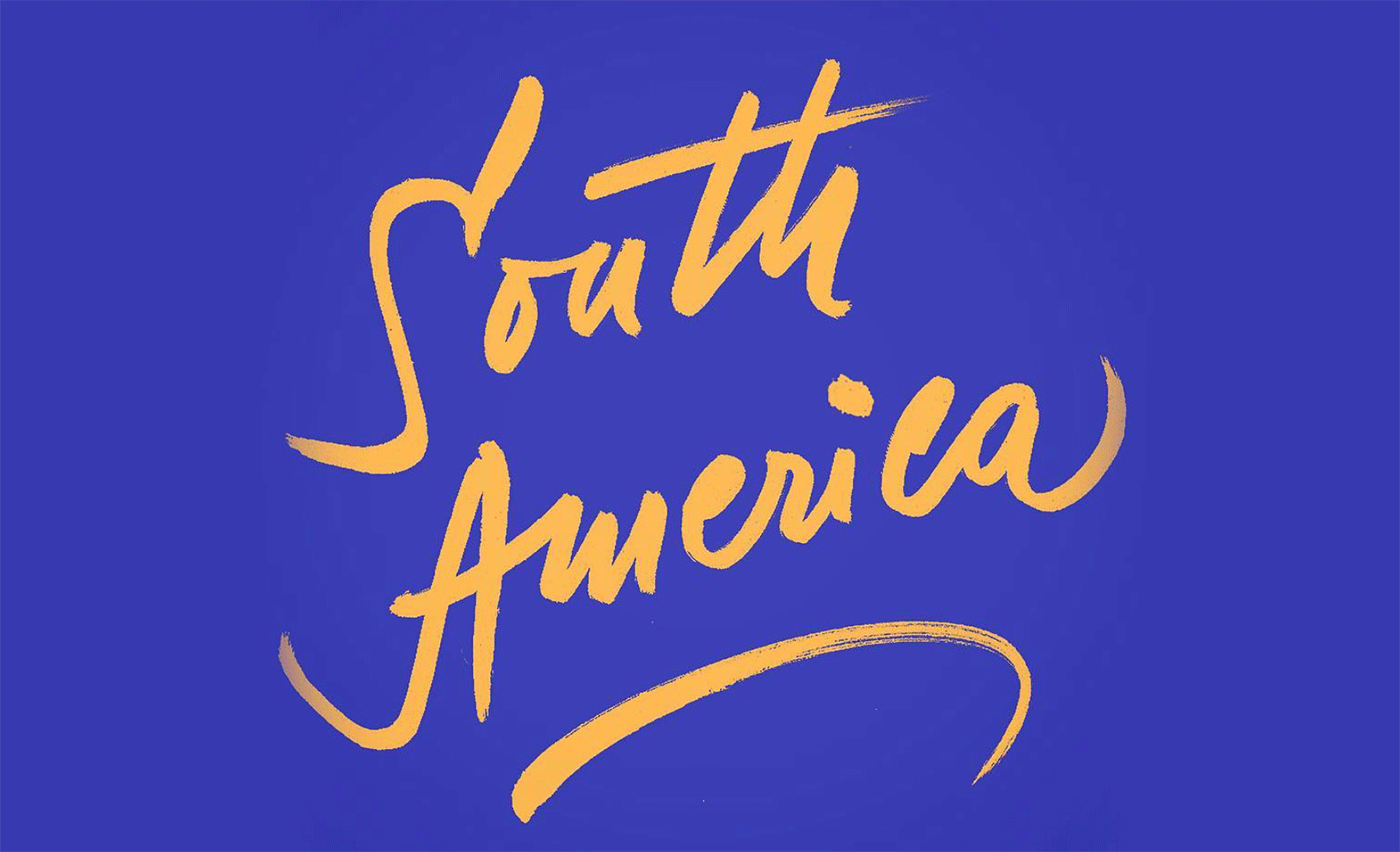 I'm thrilled to announce that I'll be visiting South America this August to talk and teach lettering workshops in several cities. I'll be bringing books and products form my shop with me, too!. The workshops are booked out but you can join me at the talks. Here's a list of workshops and talks per city.
I'm thrilled to announce that I'll be visiting South America this August to talk and teach lettering workshops in several cities. I'll be bringing books and products form my shop with me, too!. The workshops are booked out but you can join me at the talks. Here's a list of workshops and talks per city.